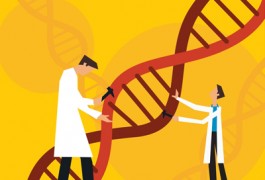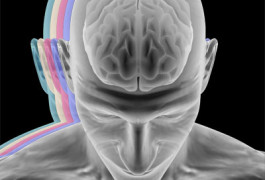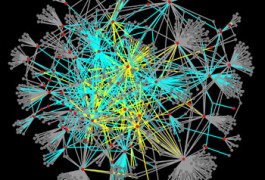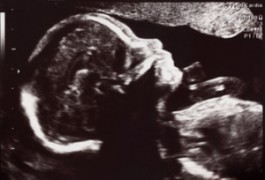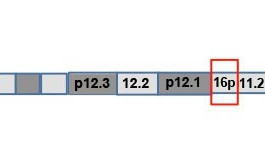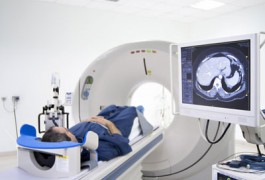Genetics: Variants in chromosome 16 region show male bias
Males, but not females, with neurodevelopmental disorders such as autism are more likely to have deletions or duplications in the 16p13.11 chromosomal region than controls are, according to a study published 18 April in PLoS One.

